I’ve been reading a thread on Mini Modules on RMWeb. This is a modular layout concept based around tiny modules, each roughly the size of an A4 piece of paper. Yes, that small! Using Kato Unitrack, they clip together using Unitrack’s rail joiners to connect the modules. The small size of the individual modules mean you can go to town on the detail, yet still have something finished in relatively short time. While modular layouts can be somewhat toy-like with a lot of focus on gimmicks, Sir Madoc’s thread shows the scope for building far more realistic layouts using this approach.
Mini-modules have been promoted for people who lack the space a permanent layout, but I can also see the potential as an alternative to a more traditional approach for those of us who do have the space.
I’ve been intrigued with the concept for quite a while. I’m interested in both British and Swiss outline modelling, and often considered modular concepts where common elements like fiddle yards could be shared between multiple layouts. Mini-modules based on the popular T-Track standard, or something similar may be a good way of implementing this.
While I’m still looking for a new job I’m staring down the barrel of a potential relocation with no guarantee that any future home will have a suitable space for any layout of fixed size. The inherently flexible nature of mini-modules is a huge bonus here, in that they can be reconfigured to fit a space of any size or shape which might be available for a layout, something which isn’t the case for a large piece of benchwork.
Certainly there are some projects I’ve considered in the past which are ideal candidates for the mini-module approach, most specifically anything that’s centred on a “parade of trains” approach on a simple double-track main line rather than an attempt to model an operational hub. “Marine Parade”, based on Dawlish in Devon is a case in point. A six-foot stretch of main line with a variety of buildings behind the tracks is a relatively ambitious project for it’s size and simplicity, even if the majority of the buildings are adapted from commercially available kits rather than scratchbuilt models of the real buildings. Building it twelve inches at a time, completing and detailing each module before moving on to the next one has a lot of appeal. The same applies to my Swiss outline interests, which have a similar parade of trains approach. A small passing station on the Lötchberg line will fit into three or four module lengths. Big-time main line modelling based one of the classic trans-Alpine routes really rules out modelling an operational hub; they just take up too much space.
And that’s before we get into diversions and side-projects. I’ve always fancied building a small working diorama-style layout based on the Cambrian lines in the early 70s, and already have much of the rolling stock needed. And there are a few spectacular scenic locations in Cornwall that I’ve never quite managed to work into a room-filling layout plan. The Luxulyan valley on the steeply-graded and sharply-curved part of Par to Newquay branch is a prime example. It saw, and indeed still sees quite heavy traffic, both passenger and freight, but the narrow valley means you can capture the essence of it in quite a small space.
I have come to the conclusion that I am never going to complete a large, fully sceniced model railway layout. On layouts I’ve built before, I’ve got as far as scenery on some parts of the layout, but never fully detailed, and whole swathes never got beyond bare boards. Mini-modules may well be just the solution I’ve been looking for.
So now I need to stop talking about them on the Interweb, and build one or two.
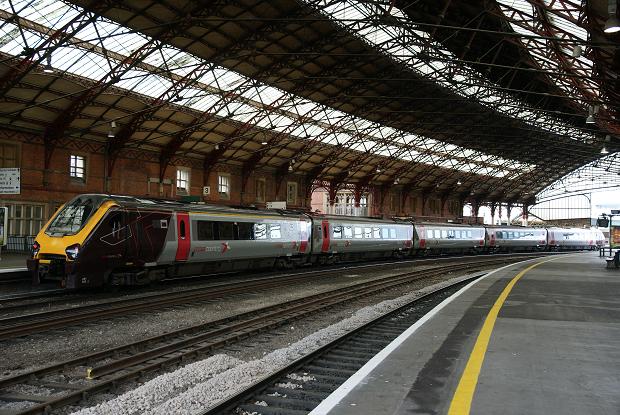 I never had this trouble at Bristol a few weeks ago
I never had this trouble at Bristol a few weeks ago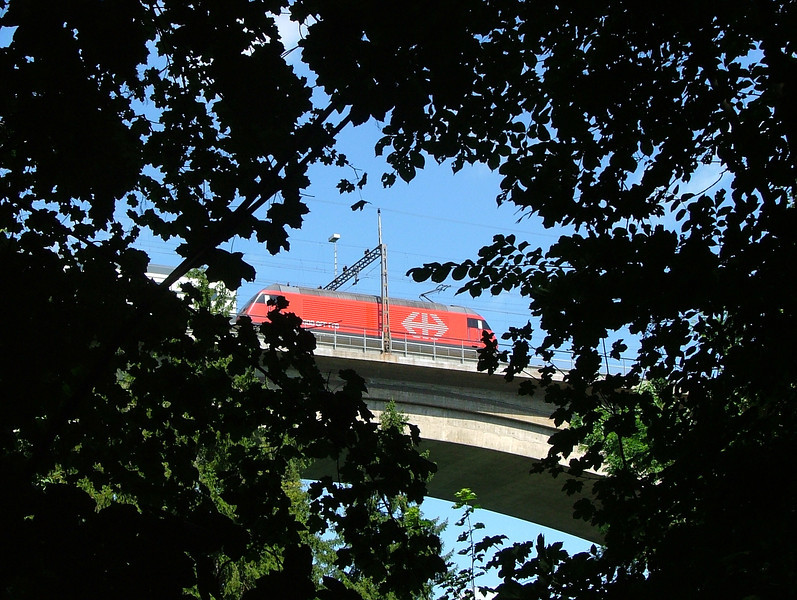
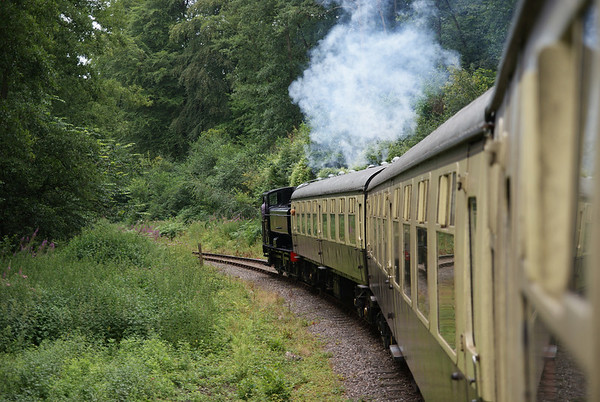
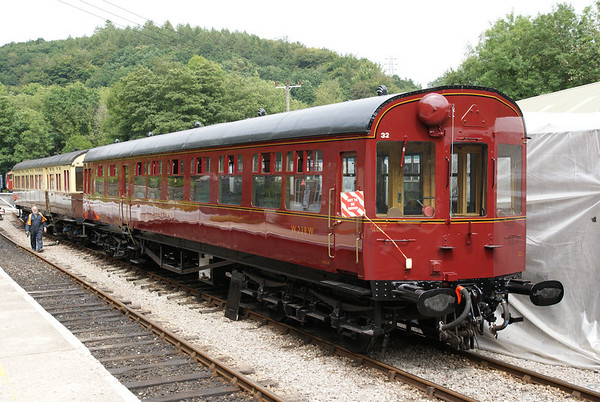 While their service trains consisted of repainted BR Mk1s, with interiors unchanged since the days of Network South-East, they did have this beautifully-restored Hawksworth auto-trailer in BR maroon.
While their service trains consisted of repainted BR Mk1s, with interiors unchanged since the days of Network South-East, they did have this beautifully-restored Hawksworth auto-trailer in BR maroon.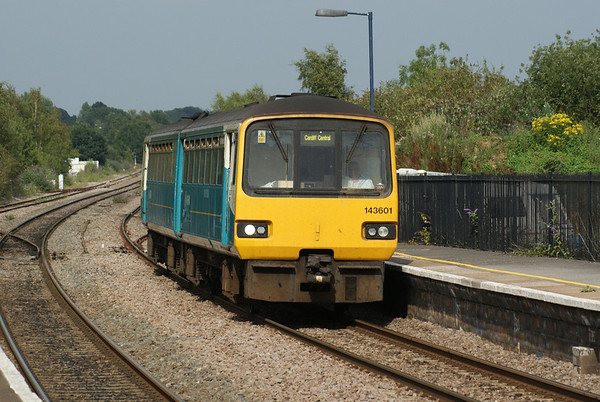
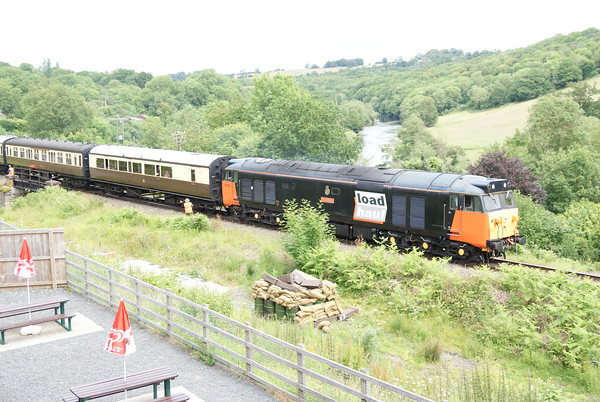
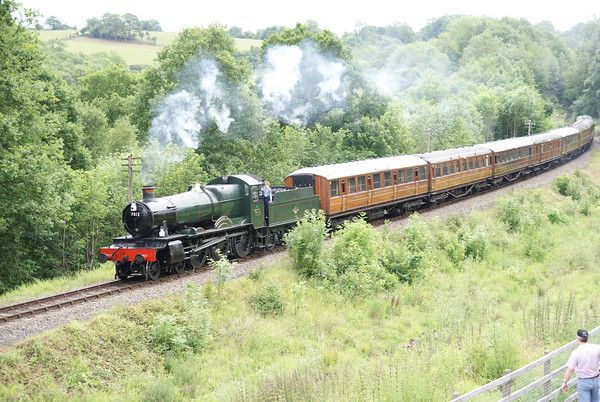
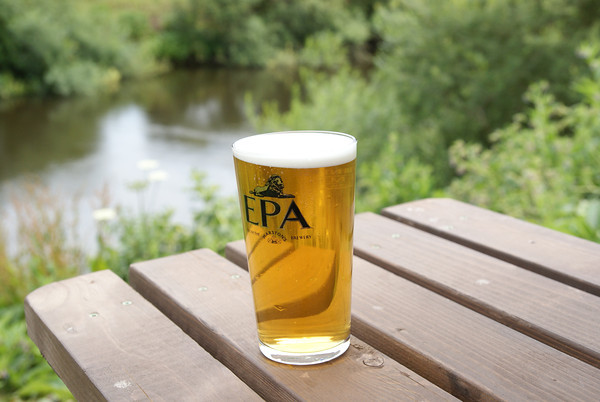
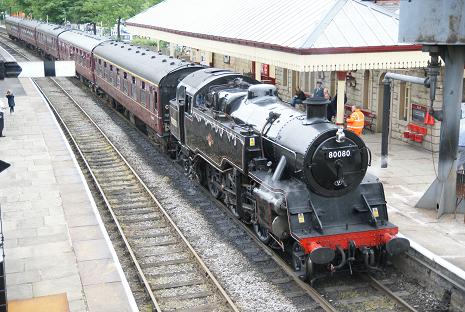

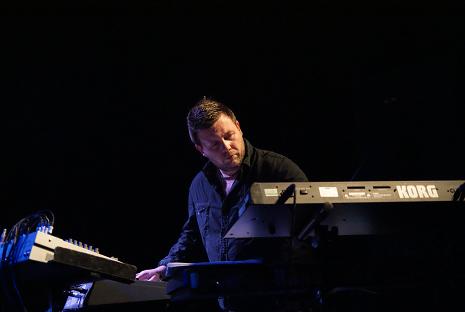
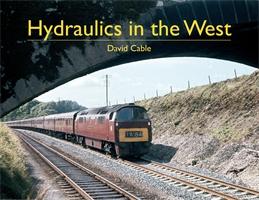 The early years of the diesel hydraulics in the west of England weren’t covered that well by photographers. With steam banished west of Exeter as early as 1962. most railway photographers spent the next six year chasing the remaining “kettles” in other parts of the country, leaving the early years of fully dieselised areas under-recorded. A pity, because this was a fascinating era, with much of the old steam-era railway surviving with little change other than the presence of diesel locomotives at the front of the trains. Which is why a book like this is very welcome indeed.
The early years of the diesel hydraulics in the west of England weren’t covered that well by photographers. With steam banished west of Exeter as early as 1962. most railway photographers spent the next six year chasing the remaining “kettles” in other parts of the country, leaving the early years of fully dieselised areas under-recorded. A pity, because this was a fascinating era, with much of the old steam-era railway surviving with little change other than the presence of diesel locomotives at the front of the trains. Which is why a book like this is very welcome indeed.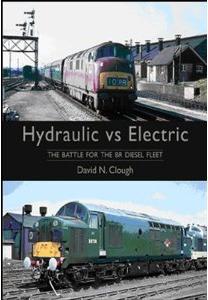 There are two prevailing myths about the Western Region’s diesel hydraulics locomotives. The first, propagated by partisan anti-Swindon types is that the whole project was a disastrous failure motivated by ex-GWR types wanting to be different purely for the sake of it. The second, propagated by Swindon’s own fans, is that the decision to phase out the diesel-hydraulics was a purely political one, intended to curb the Western Region’s independent spirit.
There are two prevailing myths about the Western Region’s diesel hydraulics locomotives. The first, propagated by partisan anti-Swindon types is that the whole project was a disastrous failure motivated by ex-GWR types wanting to be different purely for the sake of it. The second, propagated by Swindon’s own fans, is that the decision to phase out the diesel-hydraulics was a purely political one, intended to curb the Western Region’s independent spirit.